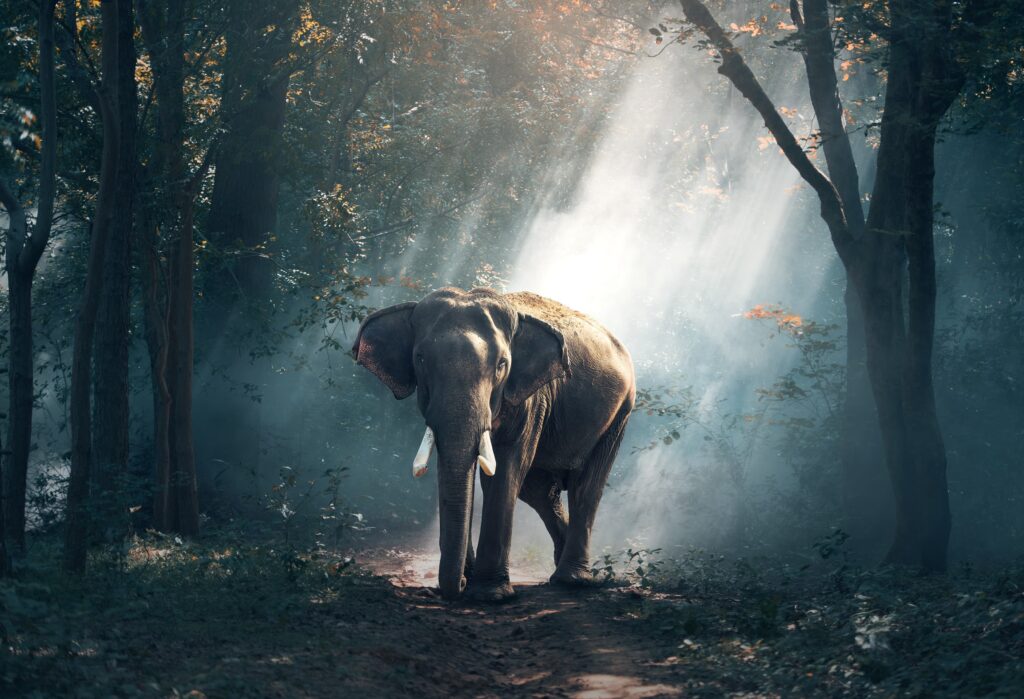Mighty, strong, stately and fearless – we are talking about the lion, the king of beasts. With their militant appearance, strength, ability to run fast and always coordinated, thoughtful actions, these animals will never be afraid of anyone. Animals living near lions themselves are afraid of their fearsome gaze, strong body, and powerful jaw. Not for nothing was the lion nicknamed the king of beasts.
The lion has always been the king of beasts; even in ancient times this animal was worshipped. For the ancient Egyptians, the lion acted as a guardian creature, guarding the entrance to the other world. For the ancient Egyptians, the fertility god Aker was depicted with a lion’s mane. In today’s world, many coats of arms of states depicts the king of beasts. The coats of arms of Armenia, Belgium, Great Britain, Gambia, Senegal, Finland, Georgia, India, Canada, Congo, Luxembourg, Malawi, Morocco, Swaziland and many others depict the militant king of beasts. The African lion, according to the International Convention, was included in the Red Book as an endangered species.
All of us know since childhood what a lion looks like, because a small child can recognize the king of beasts by his mane alone. So we decided to give a brief description of this mighty beast. A lion is a mighty animal, but it is little more than two meters in length. For example, the Ussuri tiger is much longer than a lion, reaching 3.8 meters in length. The usual weight of a male is one hundred and eighty kilograms, rarely do they have two hundred.
The head and body of lions are dense and powerful. Skin color varies, depending on the subspecies. However, the main coloring for the beast kings is cream, ochre, or yellow-sand. Asian lions are all white-gray in color.
Older lions have stiff hair covering the head, shoulders, and down to the bottom of the belly. Adults have a black, thick mane or a mane of a dark, brown hue. But one of the subspecies of the African lion, the Maasai, does not have such a lush mane. Its hair does not descend to the shoulders, and there is no hair on its forehead.
All lions have rounded ears with a yellow spot in the middle. The spotted pattern remains on the skin of young lions until female lions give birth to cubs and male lions reach sexual maturity. All lions have a tassel on the tip of their tail. That is where their vertebral spine ends.
Habitat
A long – long time ago, lions lived in completely different territories than in the modern world. The subspecies of African lion, the Asiatic lion, lived mostly in southern Europe, India or inhabited the lands of the Middle East. The ancient lion lived everywhere in Africa, but never settled in the Sahara. The American subspecies of lion is therefore called the American lion because it lived in North American lands. Asian lions gradually became extinct or exterminated by man, which is why they were included in the Red Book. And African lions in small flocks remained to exist only in the African tropics.
Today, the African lion and its subspecies are found only on two continents – the Asian and African. The Asian kings of beasts live peacefully in Gujarat, India, where there is a dry, sandy climate, savannah and bush forests. According to the latest data, all five hundred and twenty-three Asiatic lions have been recorded to date.
Real, African lions will be more numerous in the western countries of the African continent. In the country with the best climate for lions, Burkina Faso, there are over a thousand lions. In addition, a lot of them live in the Congo, there are over eight hundred lions.
The wildlife no longer counts as many lions as there were in the seventies of the last century. Today there are only thirty thousand of them left, and this is according to unofficial data. African lions have taken up the savannahs of their beloved continent, but even there they cannot be protected from hunters scurrying around in search of easy prey.
